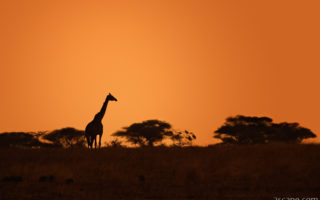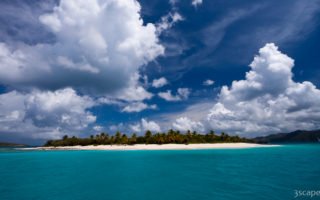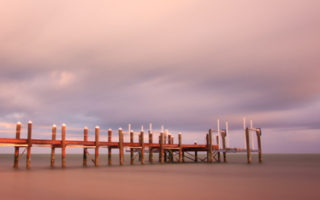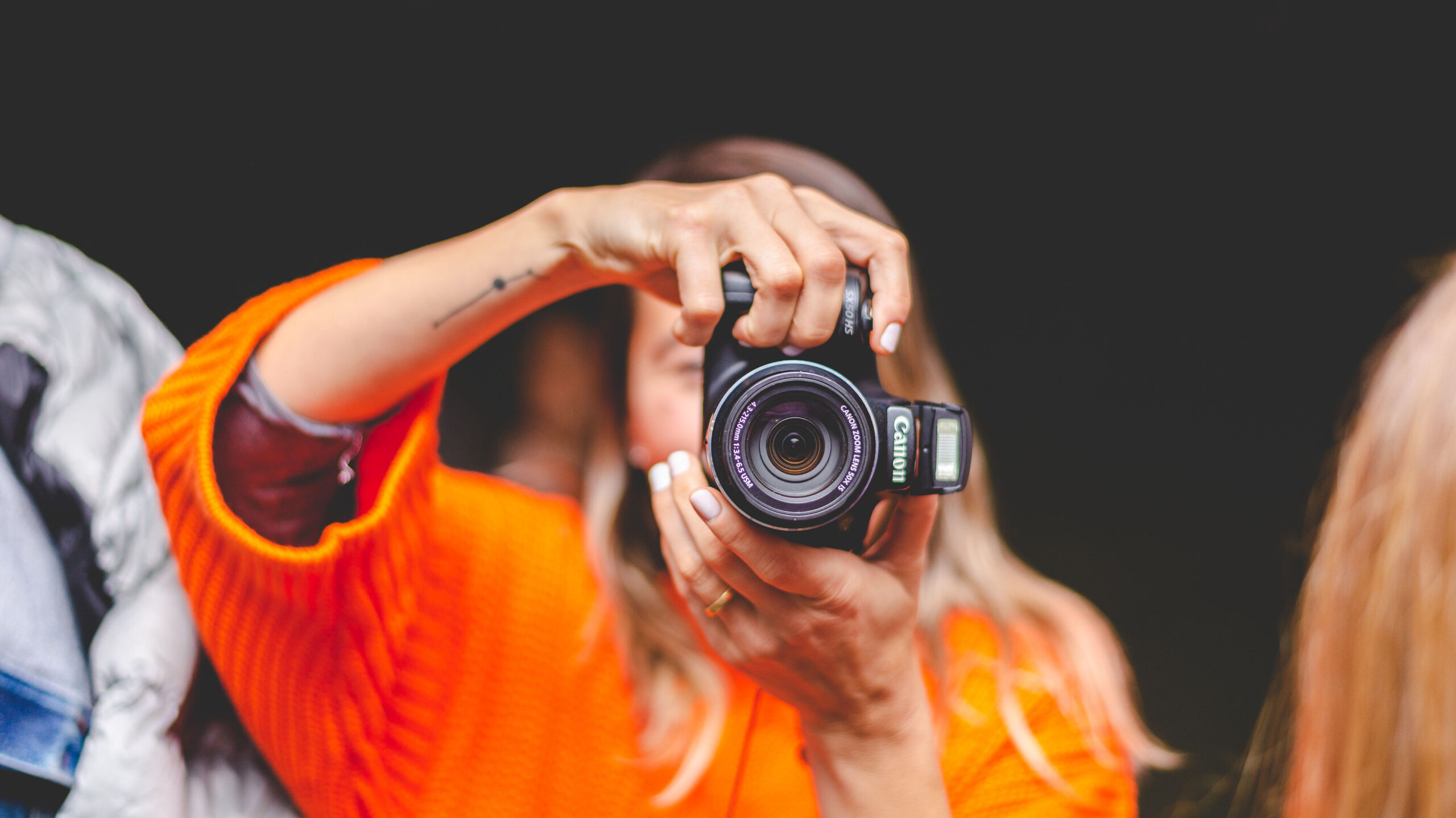
Why lenses are important in photography
Once you’ve decided to dip your toes into the photography world, you’ll soon learn that passion and skills aren’t always enough. Whether you like it or not, you’ll have to eventually invest in reliable gear that increases your chances of capturing better shots.
The quest typically starts with finding the right camera for your budget and needs. For example, a camera review by Forbes on the Canon EOS R5 outlines which specs and qualities make for a top model. Like many of its predecessors, the R5 is equipped with the company’s Dual Pixel autofocus. Unlike them, it also includes a new, full-frame, 45-megapixel CMOS sensor and the latest version of Canon’s processing tech, DIGIC. These are features that deliver impressive shots even in low-light conditions, making it a suitable choice for photographers who are likely to be shooting outside.
Aside from a high-quality camera body, you also need to consider your choice of lens, which is also dependent on the type of photography you’re aiming to do. Here’s a guide to camera lenses for all beginner photographers out there.
Which type of lenses do you need in your kit
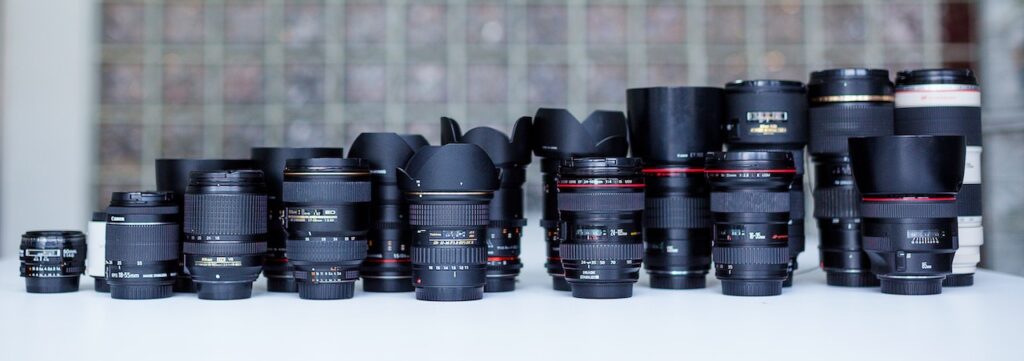
Choosing the right lens to fit into your camera body starts with understanding what lenses do. These are important tools that allow you to set the mood and frame both your subject and their surroundings the way you want, whether you shoot from a distance or up close. This optical device brings the scene into view through your camera’s sensor, so it’s crucial that you factor in the lens compatibility with the type of camera you use.
There are various photography lenses for formats like DSLRs and mirrorless cameras, with top brands like Sony, Canon, Nikon, and Fujifilm available online and in physical stores. The range can be overwhelming, especially when you also take into account factors like focal length and aperture. This guide will help you narrow down your choices into these three types of lenses.
Wide-angle: Canon EF 16-35mm f/4L IS USM Lens
The focal length refers to the distance between the lens and the camera sensor. A lower focal length equates to lower magnification but a wider angle of view, thus making it perfect for panoramic views and landscape photography. The Canon EF 16-35mm is a versatile lens with smooth and precise autofocus that beginners, in particular, will find handy. The structure of the lens itself is also compact and durable, with quality weather sealing that allows it to be used in harsh outdoor conditions.
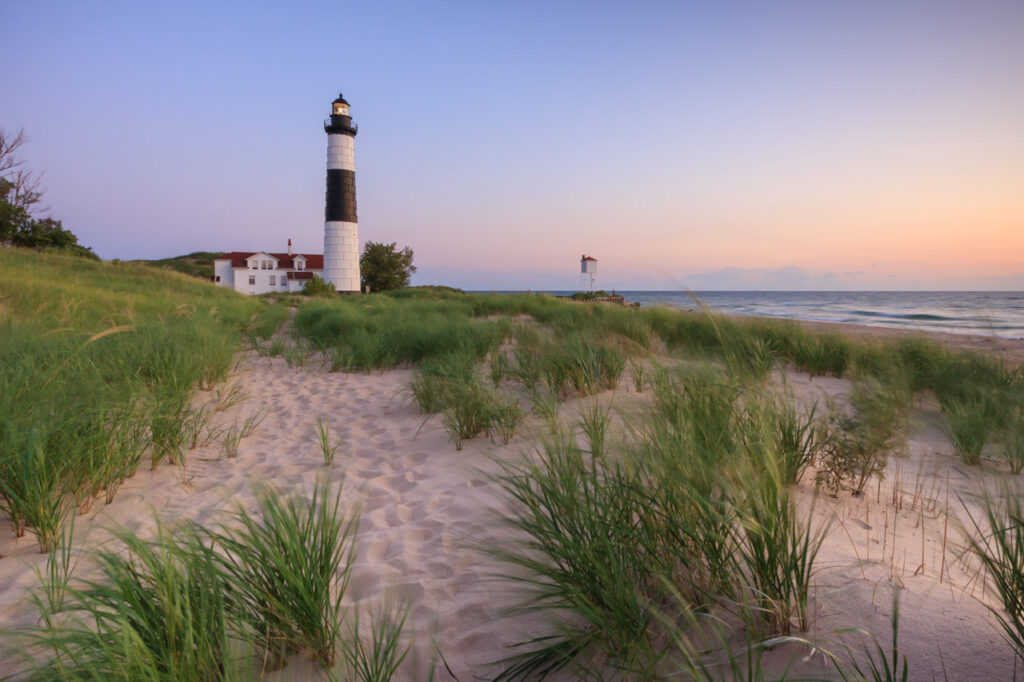
Telephoto: Canon EF 75-300mm f/4-5.6 III Lens
Meanwhile, the telephoto lens Canon EF 75-300mm has a longer focal length that can bring distant scenes and subjects closer, such as wildlife and nature scenes. Aside from having a quick and quiet autofocus and being small and lightweight enough to carry around, its price is pretty suitable for budget-conscious photographers. Using telephoto lenses can be difficult as the techniques can vary across landscape, sports, and portrait photography. It’s also important to stabilize your shooting as much as possible since a telephoto lens can reveal camera-shake problems in your image. Many longer lenses have built-in image stabilization to help with this.
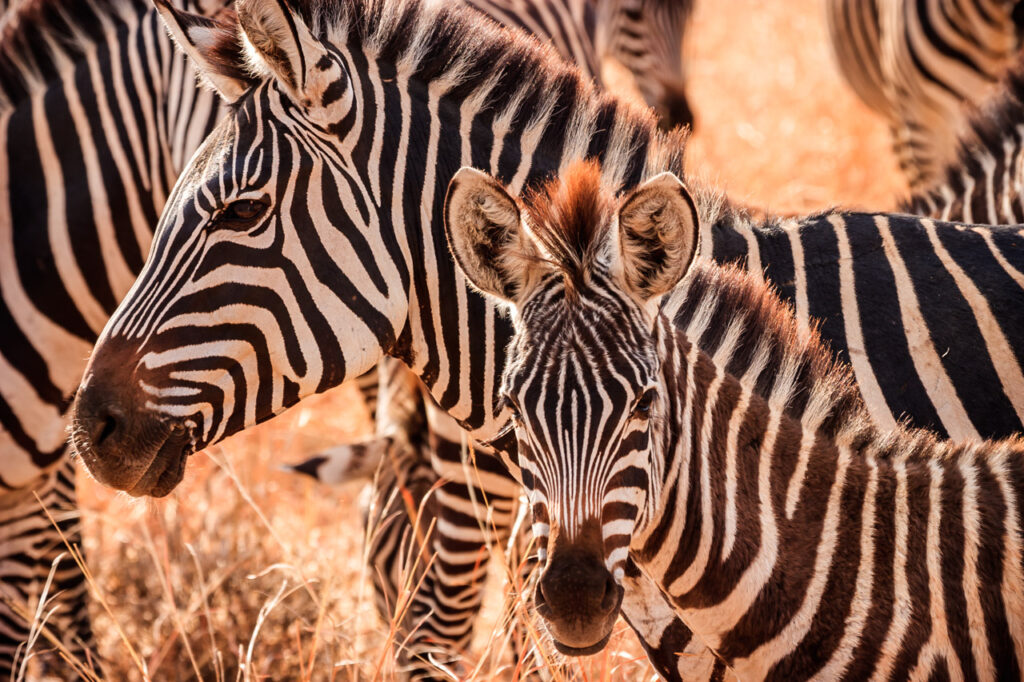
Standard: Canon EF 50mm f/1.8 STM Lens
Prime lenses are your best choice when you want details to be rendered crisply, as well as if you want to incorporate more brightness into your photos with large apertures and beautiful bokeh. Some can even be had at a bargain, the Canon EF 50mm f/1.8 STM, priced under $100, is compact and well-suited for everyday shooting. This similar to the RF 50mm, a more recent prime lens released for Canon mirrorless cameras. While its fixed focal length can make it hard to adjust your angle of view without physically moving the camera itself, the 50mm’s wide aperture gives you better control over your focus and depth of field.
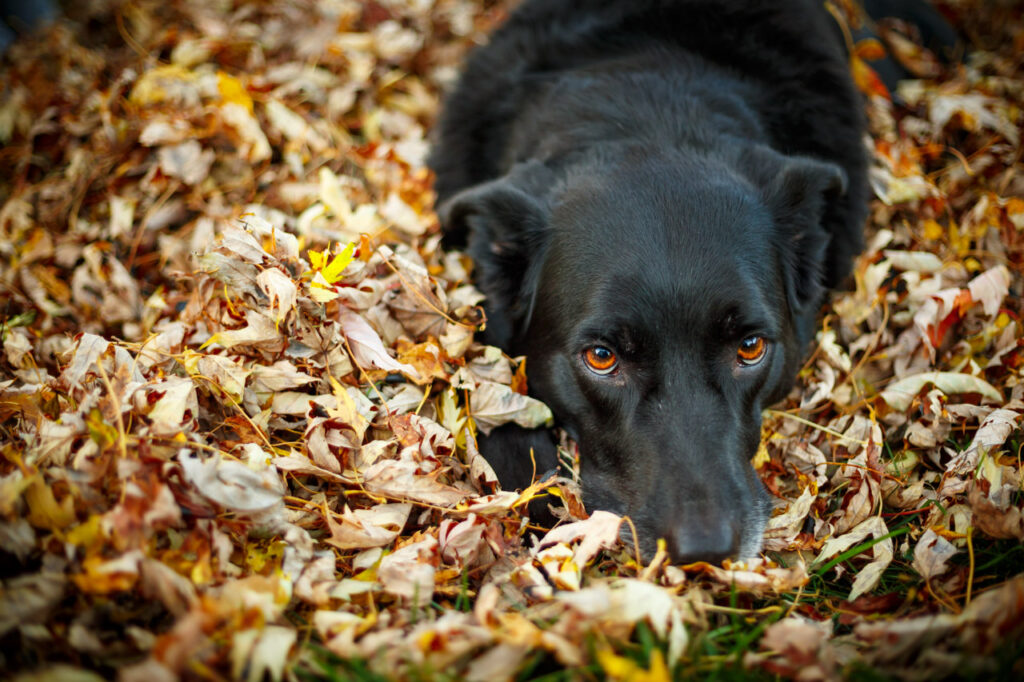
For more landscape and travel photography tips, please visit our blog page.
Post in collaboration with Peter Ward.
